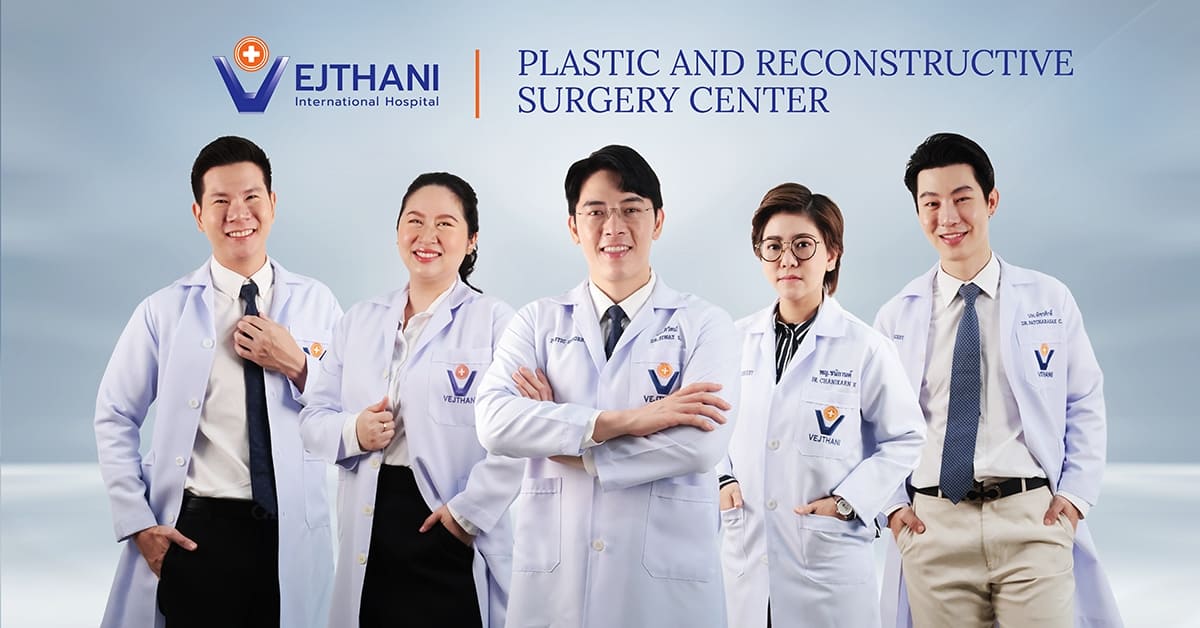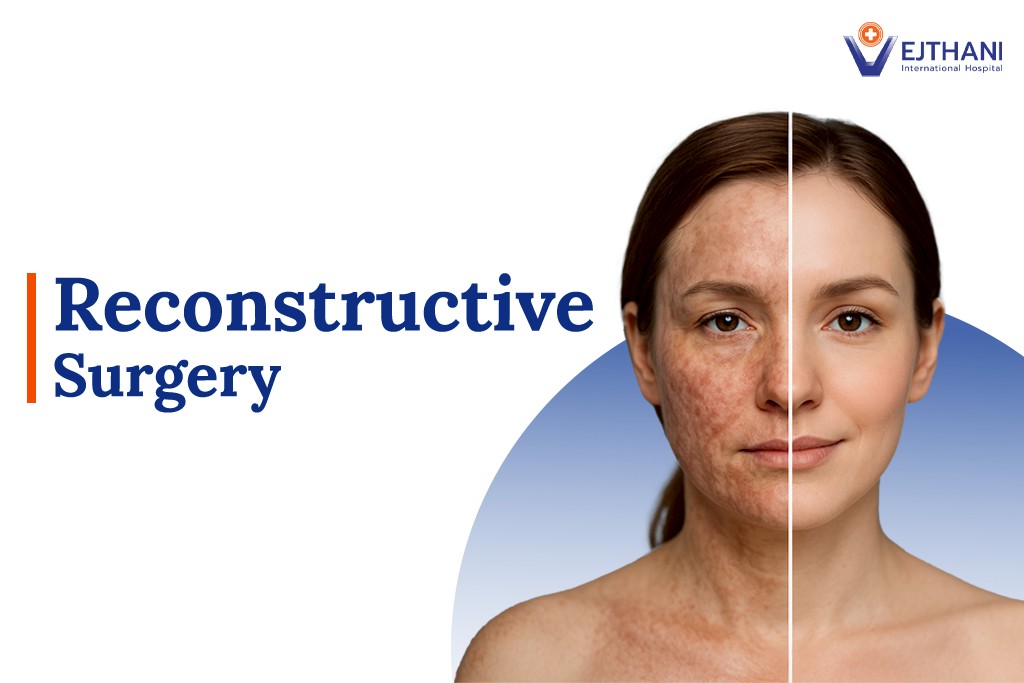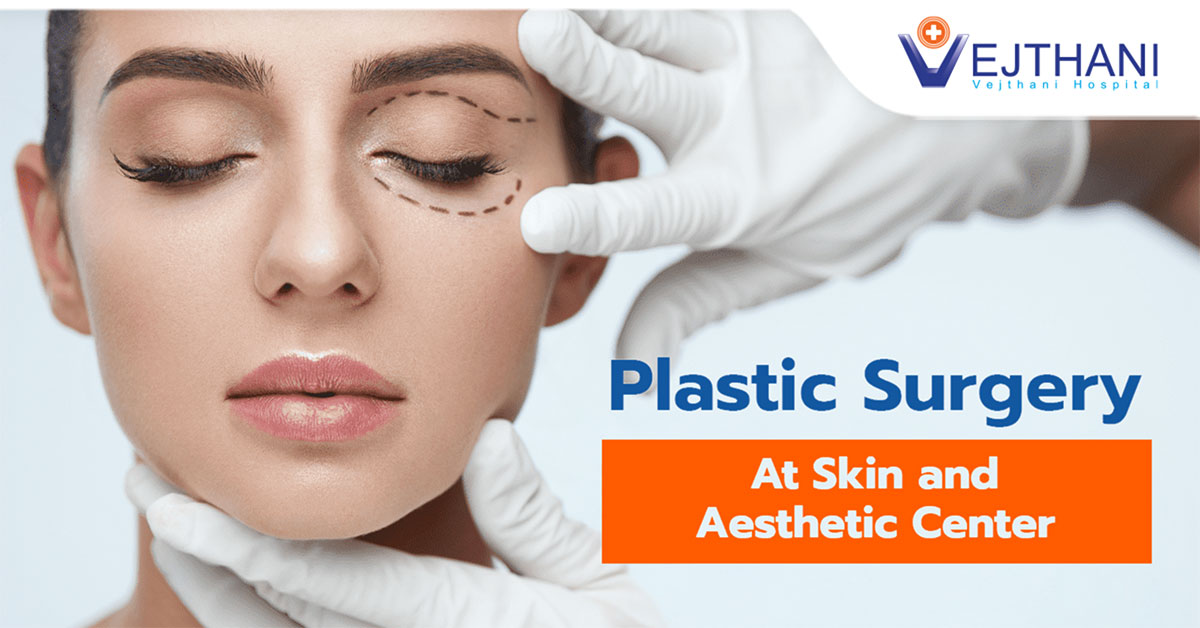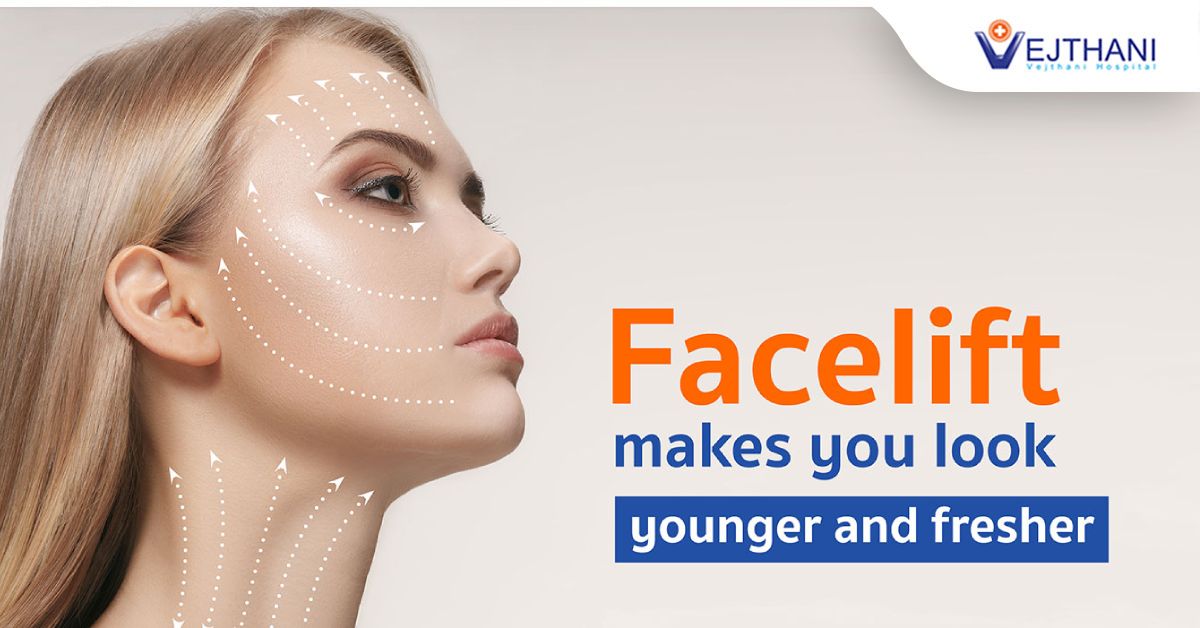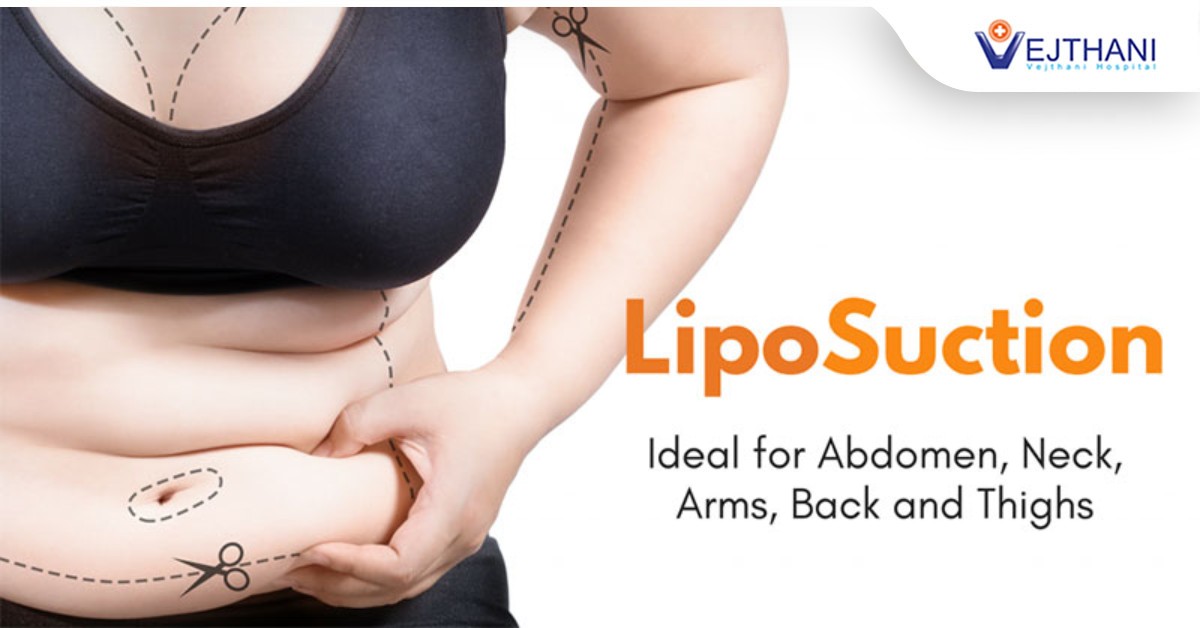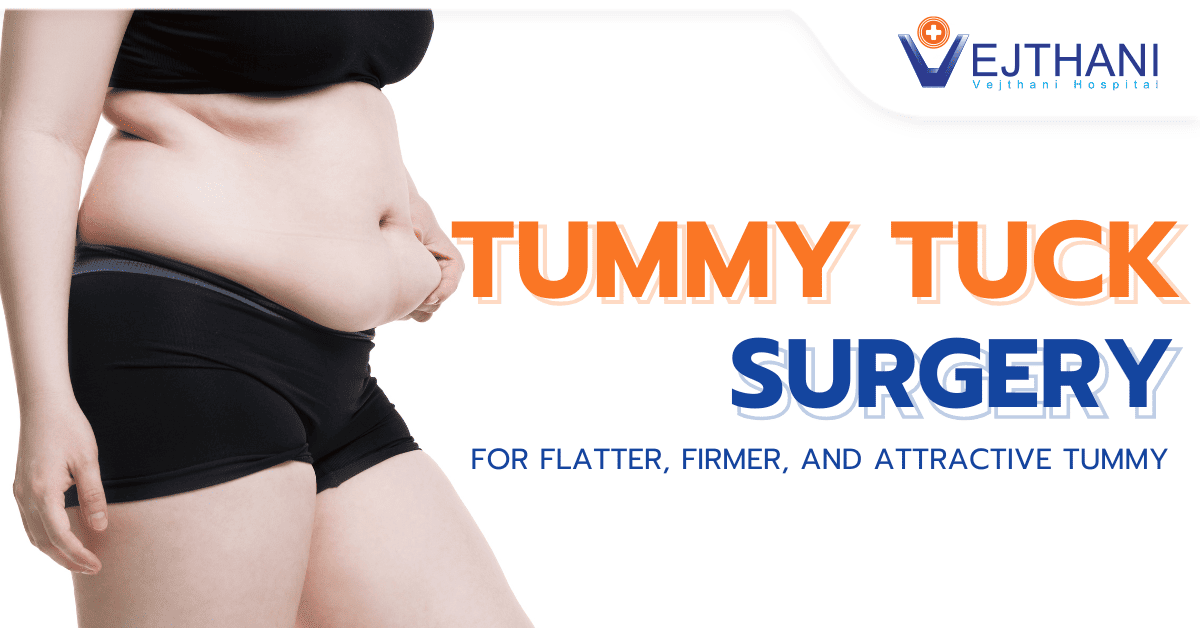Moles, also known as nevi, are common skin growths that typically appear as small, dark brown spots. They form when melanocytes (pigment-producing cells) grow in clusters. Most people develop 10 to 45 moles during childhood and adolescence. Over time, moles may change in appearance or even fade.While the majority of moles are benign and harmless, it’s important to be aware of changes in moles or other pigmented spots, as these may be early signs of skin cancer, especially malignant melanoma.
Symptoms
Typical Characteristics of Moles:
- Color and texture: Moles can be brown, black, tan, pink, red, or even blue. They may be smooth, wrinkled, flat, or raised, and some may have hair.
- Shape: Most moles are round or oval.
- Size: Typically, less than 1/4 inch (about the size of a pencil eraser). However, congenital nevi present at birth can be larger and may appear on the face, trunk, or limbs.
Moles can develop anywhere on the body, including the scalp, armpits, under the nails, and between fingers or toes. Hormonal changes, such as those during adolescence or pregnancy, can cause moles to become darker or larger.
Dermatosis Papulosa Nigra
This condition involves clusters of brown or black spots (seborrheic keratoses) around the eyes, cheeks, and nose. These growths are not moles and are not related to melanoma, but may be treated for cosmetic reasons. It occurs more frequently in Black women.
Abnormal Moles and Melanoma Risk
A mole may be suspicious or cancerous if it:
- Has irregular borders
- Is asymmetrical
- Changes in color, shape, size, or height
Use the ABCDE rule to watch for warning signs:
- A – Asymmetry: One half doesn’t match the other
- B – Border: Irregular, notched, or scalloped edges
- C – Color: Uneven color or multiple shades
- D – Diameter: Larger than 1/4 inch (6 mm)
- E – Evolving: Changes in shape, size, color, or new symptoms like itching or bleeding
Not all cancerous moles exhibit every change. Some may show only one or two concerning features. If a mole looks unusual or changes in any way, consult a doctor.
Causes
Moles form when melanocytes, which normally distribute pigment throughout the skin, grow in clusters. These pigment-producing cells are responsible for skin color and the development of moles.
Diagnosis
Most moles can be identified through a visual skin examination by a doctor.
If a mole appears suspicious, your doctor may:
- Remove the mole and send it for biopsy (lab analysis under a microscope)
Regular skin checks, either self-exams or performed by a healthcare provider, are recommended as part of preventive care. Discuss how often you should have these exams based on your personal risk factors.
Treatment
In most cases, no treatment is necessary for moles. If desired for cosmetic reasons, makeup may be used to cover them. If the mole has hair, it can be clipped or plucked carefully. If irritation or cutting occurs, keep the area clean and seek medical advice if it doesn’t heal.
If a mole becomes bothersome or suspicious, a dermatologist may recommend surgical removal:
- The procedure is done under local anesthesia
- The mole, and possibly some surrounding tissue, is removed
- A scar may form after healing
Individuals with Black skin may be more prone to post-surgical effects like pigment changes or keloid scarring.
If a mole grows back after removal, consult your doctor immediately.









